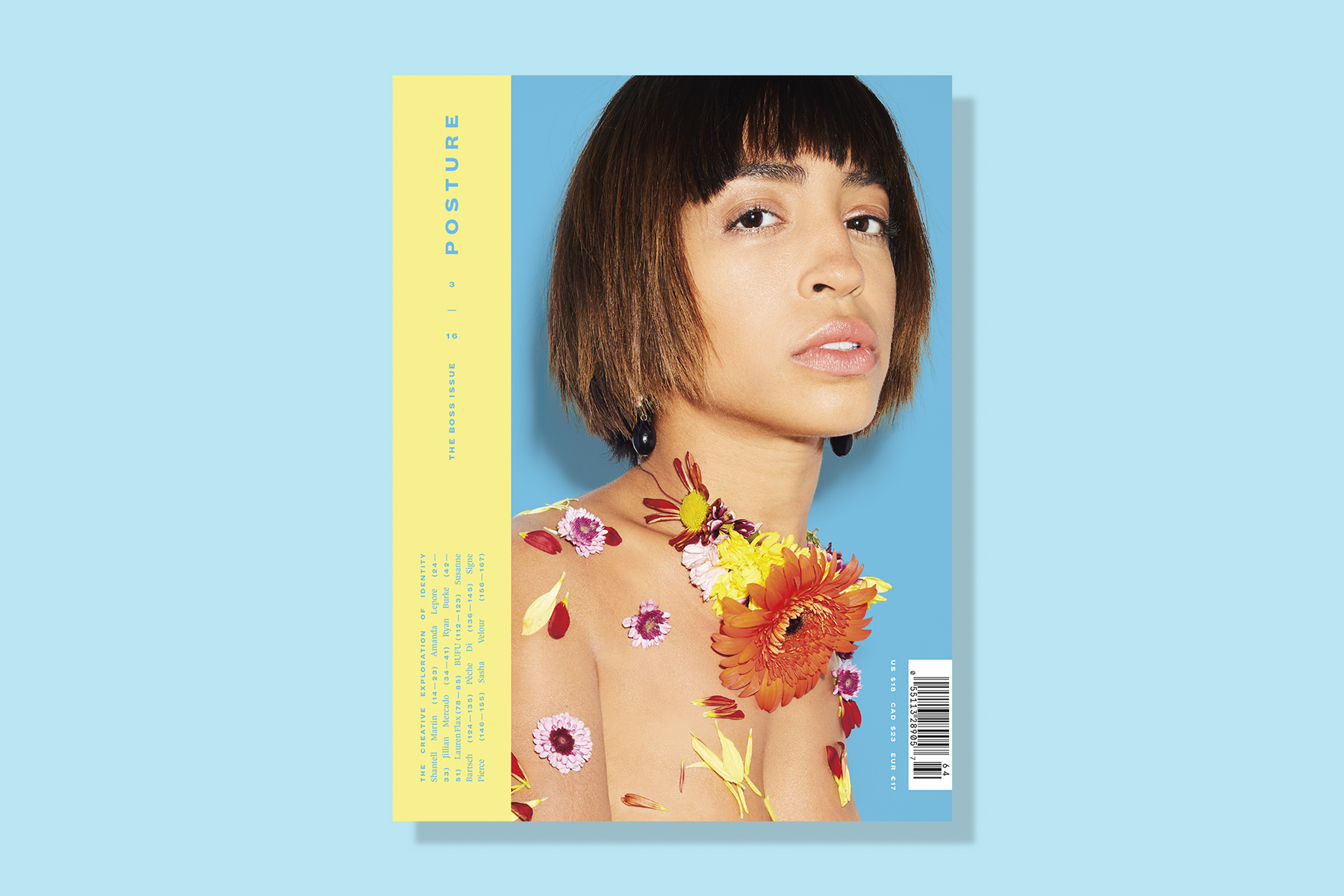Drag-artist and gogo boy, Rify Royalty, has been a mustachioed and glitter-speckled staple in Brooklyn and NYC nightlife for years. His characters and performances blur the lines between the traditionally masculine and feminine, and make us rethink what it means to be sexy. Pulling inspiration from everything from childhood memories to Pam Anderson to The Cell, Rify’s work tempers light-hearted play on pop culture with his own intimate, personal, and sometimes macabre sensibilities. Forever reinventing his onstage personas, Rify pushes the boundaries of gender, and pushes for a more open and inclusive queer performance scene. One great example of this is his monthly party, Straight-Acting, which takes place on the first Thursday of every month at Metropolitan Bar in Brooklyn. The patrons of Straight Acting are an eclectic bunch of guys, gals, and everything in between. Wigs, glitter, crop tops, and tacky prom dresses abound, and queer performers from a vast spectrum of gender identities and talents perform for an upbeat and receptive audience. The next Straight Acting takes place on February 2nd, so brush out your beard, throw on a pair of pumps and check it out.

“I don’t think that drag artistry should just be female-impersonating…It’s not just about being feminine to the nines, it’s also about your character, because if your character is about being a woman, not all women are feminine. Not all women are petite and made-up, so it’s just about the characters we want to develop.” – Rify Royalty
Where does the name “Rify Royalty” come from?
Rify is just short for my actual name (Sharif). I decided to use it as a Myspace name at first, and then when I started performing, people addressed me as Rify Royalty because that’s what my name was on social media, so I just kind of stuck with it.
What does drag mean to you?
I feel like drag is just a character that we put on, whether it’s for performance, aesthetic, or some other kind of representation. I think it’s just an outlet for a lot of artists to showcase their artwork and performance style.
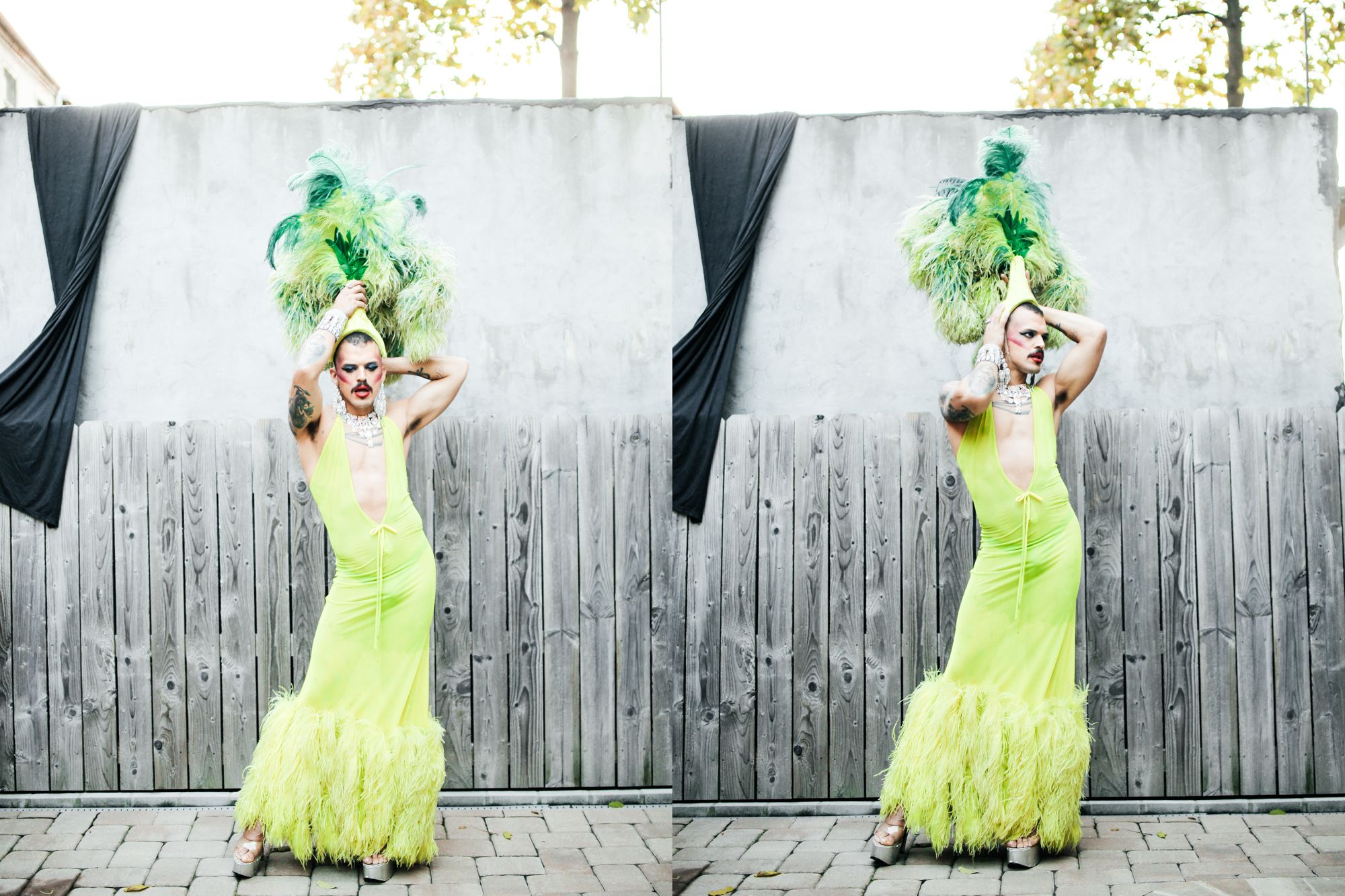
Have you always wanted to be a performer?
I’ve been a performer since I was a kid. I’ve always done theater, shows, dancing, things like that. There have been times when I’ve taken breaks from it, but now it’s kind of fluid in my life. I’m not performing every night, but I’m performing often enough that I’m content. Performance is definitely present in my life at the moment, and probably will be for a long time. I knew I was always meant to be an entertainer. Even when I try to do other things, I always come back to being an artist and performer. I don’t know that nightlife was what I always expected my outlet to be. It’s something that happened sort of organically.
How have your performance personas changed and grown over the years?
I found that when I first came on the scene as a gogo boy, a lot was required of me in terms of being more sexual and masculine. So there was this pressure or expectation for me to be masculine and sexy and revealing, and I utilized that into my performance and kind of toyed with it by dressing it up, taking that masculinity and feminizing it a little bit, while still maintaining that sexy element. I think sexy can be masculine, feminine, and all those things. So it was about taking it out of the context of what masculinity is and actually questioning it. So my personas have changed in the sense that now I don’t feel like I have to prove anything to people in terms of being masculine. People know who I am and they know my reputation, so now it’s about creating other things within myself that are a little more artsy or dark.
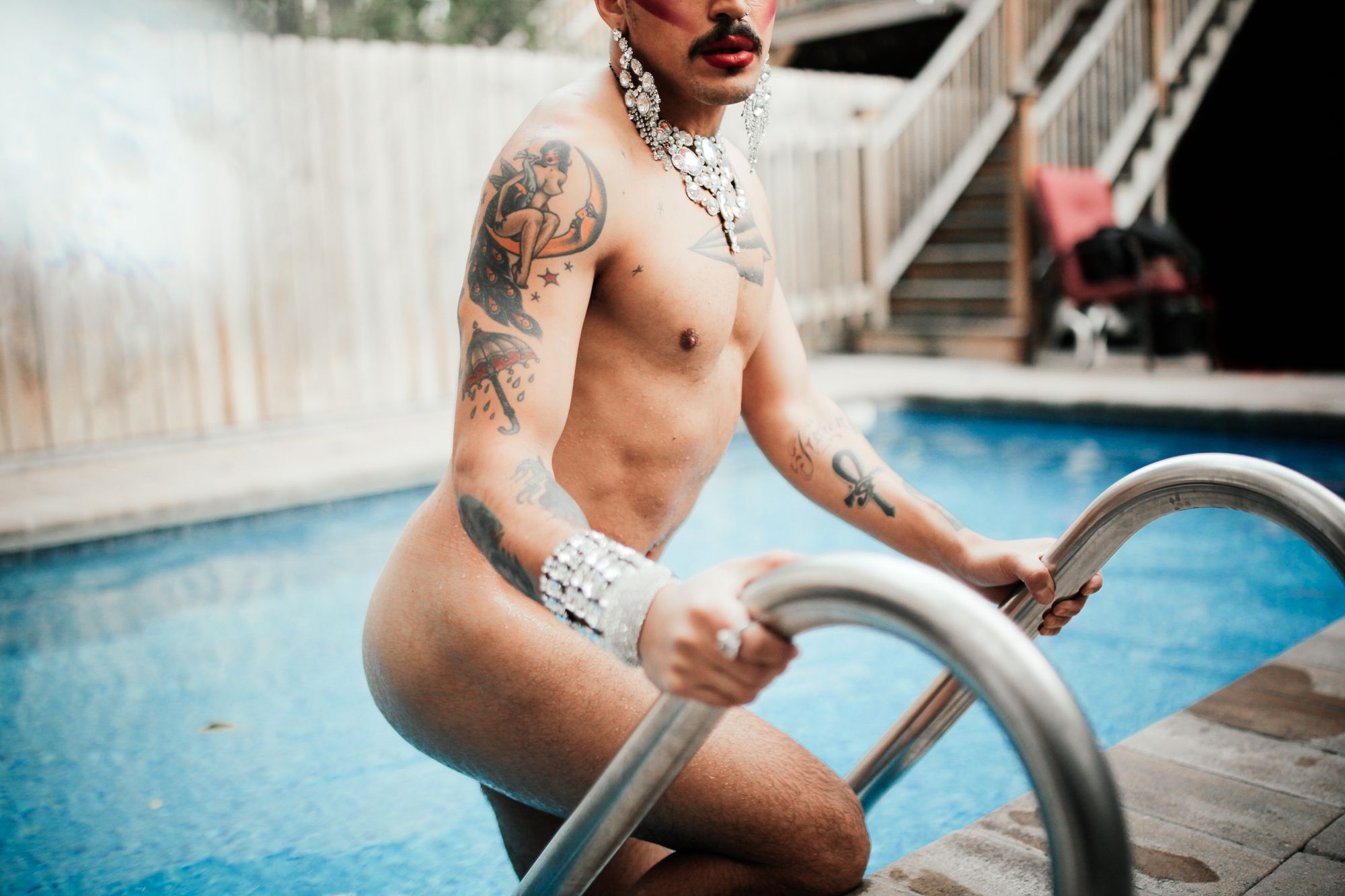
What are some of the less glamorous parts of being a drag/gogo performer?
In general, the money’s not always the best. If you’re gigging every night, then yeah, you’ll make the most of it, but a lot of it is hard work. When you’re performing for a live audience, sometimes they’re shitfaced and not giving you what you want as an audience, but I don’t think it’s a terrible gig. It’s a lot of fun, and it’s great being your own boss. But yeah, the less glamorous part is honestly late hours, and the gigs, and a look that may not always be safe.
What do you mean by “safe?”
Well, if a drag queen is riding the subway in drag, there are a lot of people who don’t understand that, and might want to harass them in one way or another.
Do you have any favorite moments or performances from your career so far?
All the performances I’ve done for Bushwig have been really fun. I knew there were going to be a lot of people watching, and I knew that I was going to be among really great performers, so I knew that I should step it up and do something that they weren’t really expecting. A lot of people are always expect me to take my clothes off. Most of my Bushwig performances, I’m either fully dressed, or if I am not wearing very much, there’s a purpose for it. I try to add more to that story, to the narrative besides just being in my underwear. I mean, I love performing. 90% of the time I love performing. I like creating new acts and bringing them to new stages.
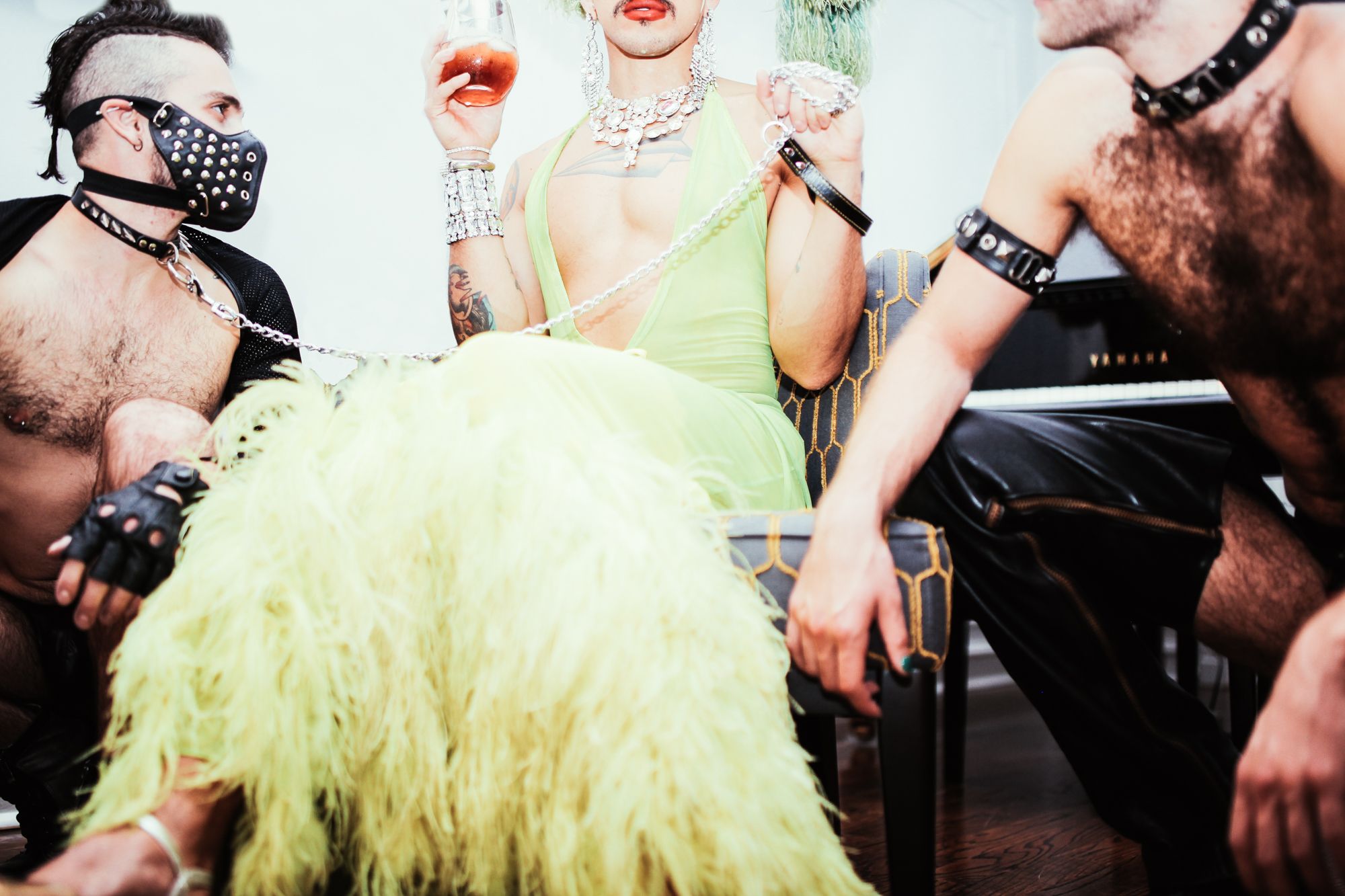
Where do you draw inspiration from for your looks and personas?
A lot of things come from my childhood, things that happened when I was younger, things that impacted me when I was younger. So, I try to always make that present, and those are themes that come sort of organically to me. You know, childhood experiences or things from my teen years. Random movies will inspire me, random songs, so it’s a combination of past, present, future. I would say that movies, pop culture in general are things that inspire me. Sexuality is also a big inspiration for a lot of performances for me.
Who were some of your idols growing up?
I would say anyone who was really daring in fashion choices, people who were not afraid to wear practically nothing on the red carpet. People like Lil Kim, Marilyn Manson, Pamela Anderson. People who were really daring and sexual and questioned authority were big inspirations for me.
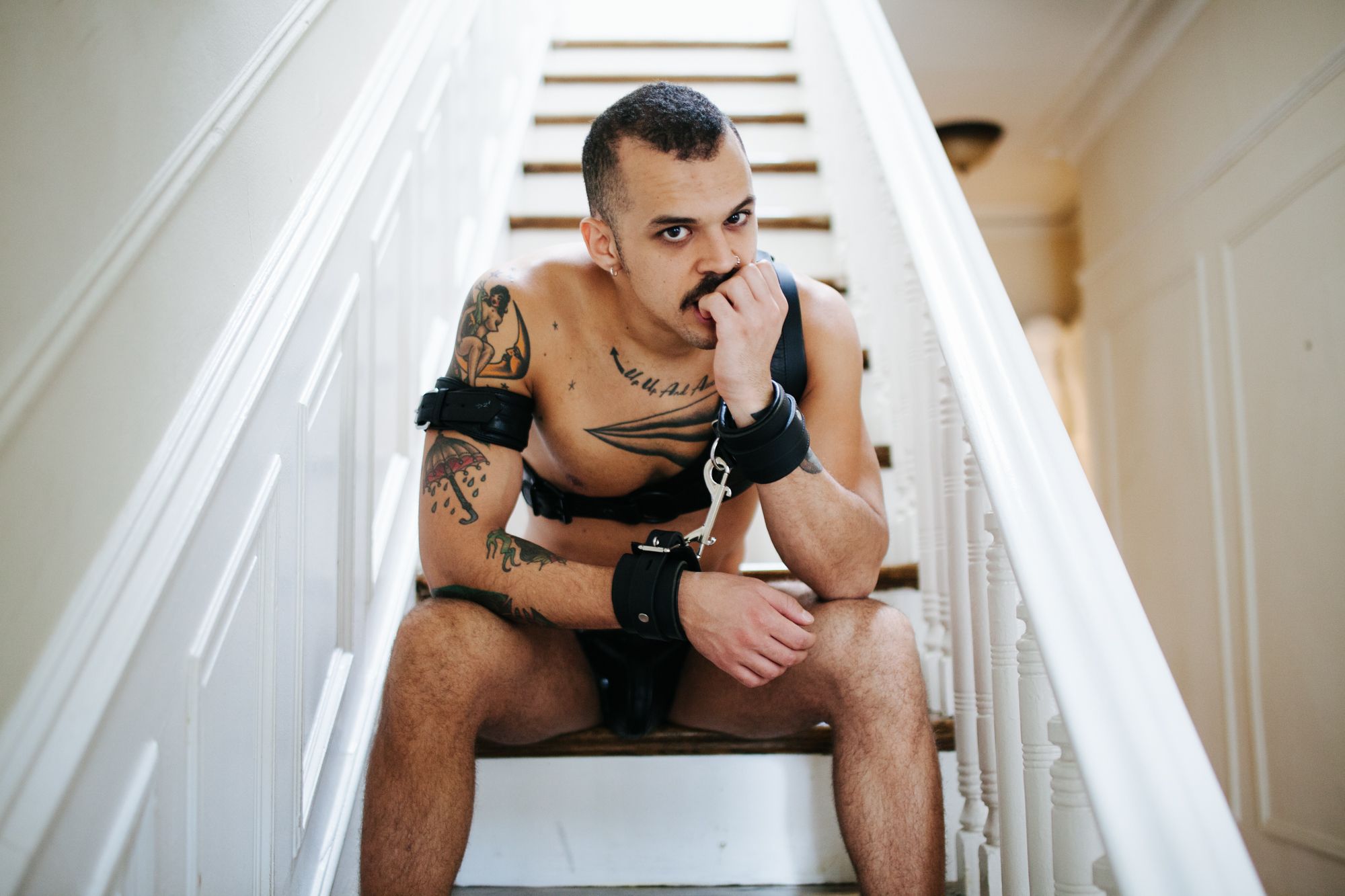
Do you have any mentors?
Well, I had been watching drag performance for years before I actually started performing in drag. I would say, you know, six years before I started performing in drag, I started watching a lot of drag shows. It wasn’t until I came to the Brooklyn scene that I saw drag in a whole new light. I questioned what I knew before, because it was something on a whole new level. So, I would say mentors were just a combination of old school and new age queens, but no one person specifically.
You’ve been described before as ‘genderbending’ or ‘genderfucking.’ Do you see what you do as more of a blurring of the lines of gender identification, or blurring the line between traditional masculine and feminine archetypes? Or both?
I mean, I think in the context of performance, what I do is drag. It’s always drag queens who say that I’m gender-bending, which is really ironic, because we’re both literally men in women’s clothing. I may happen to be a little more masculine at it, and they seem to be more female-impersonating, but we’re both by definition doing the same thing. Drag. But I do see that my being masculine-presenting or male-presenting, and maintaining that through the femininity can seem gender-bendy. I’ve realized that titles make it a lot easier for people to navigate you and understand you better. So whatever people want to call it is fine. I mean, I would say that I’m a drag artist, and I don’t think that title is limiting. I don’t think that drag artistry should just be female-impersonating. I think there’s a lot of people who fall under that umbrella, and I think that’s what I’m trying to work on, what I’m trying to educate people about. It’s not just about being feminine to the nines, it’s also about your character, because if your character is about being a woman, not all women are feminine. Not all women are petite and made-up, so it’s just about the characters we want to develop.
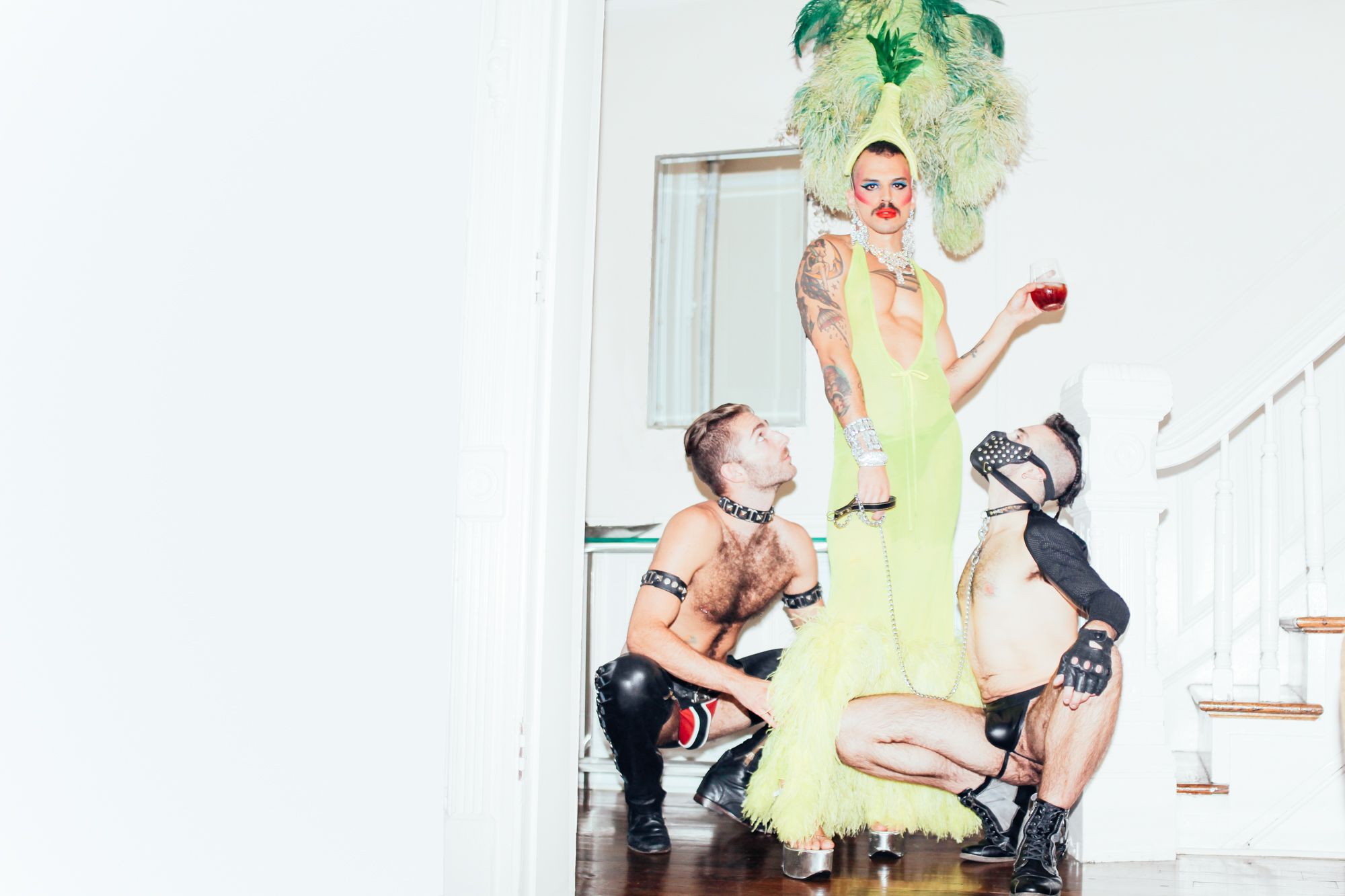
Any advice for newcomers to the drag/gogo/queer performance space?
I think it would be to push the envelope and do something that’s different and that will set them apart as an artist and an individual. Every major city has an influx of new queens on a daily basis, queens who want to be your drag daughter, and who want to do something new. You need to find your outlet, but you also need to stand out and make something original, because it’s important to go against the grain and do your own thing.
How would you like to see queer nightlife change or progress in the coming years?
I would like to see more inclusivity for trans people, cis people, and people of color, because I feel like nightlife can often be very segregated. Like you have gay and lesbian drag, and I feel like it should just be more integrated than that. I’d like to see more spaces where everyone is featured and loved and accepted and respected in each other’s space. I’m in my own Brooklyn bubble, and it tends to be a little more inclusive there. There’s more diversity. But when I travel it definitely seems like there are things and people missing from scenes. I think people need to be more open-minded with one another, and if you’re a promoter, you should be trying to figure out ways that you can include people more.

Photography and Art Direction: Sam Waxman
Models: Rify Royalty, Zachary Zane, and Jason Hudak
Clothing Design: All leather goods by FM Leather Design. All other clothing besides the jewelry by David Dalrymple
Posture’s third print issue — The Boss Issue — is now available for purchase. This 168-page magazine features exclusive interviews with artists, theorists, activists, and nightlife icons. The conversations dive deep into ideas of leadership, success, and organizing in queer/trans/non-binary and WOC communities. This issue also represents a new design direction for Posture, one that reflects the mission and purpose of the publication.
Order your copy today through our online shop: shop.posturemag.com.

